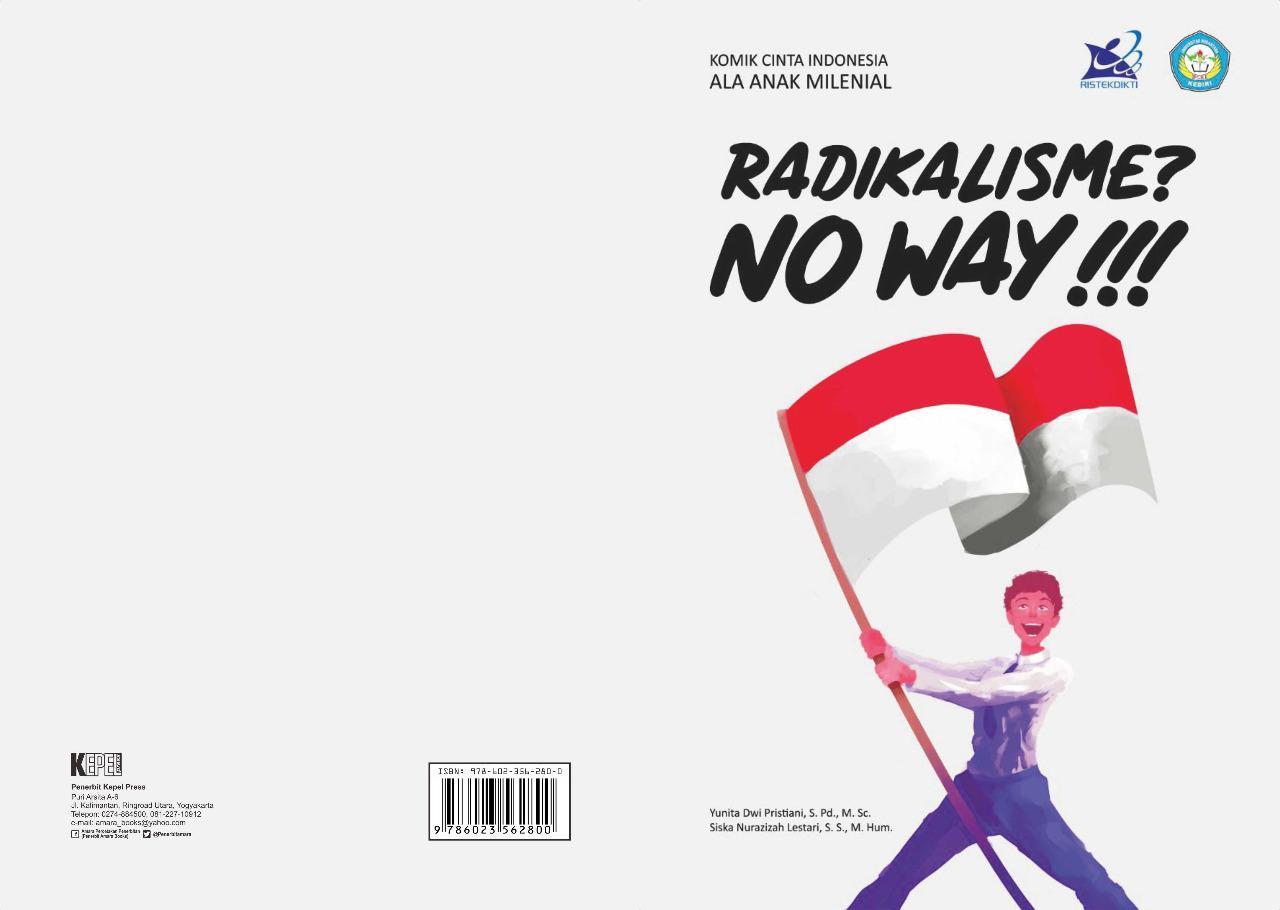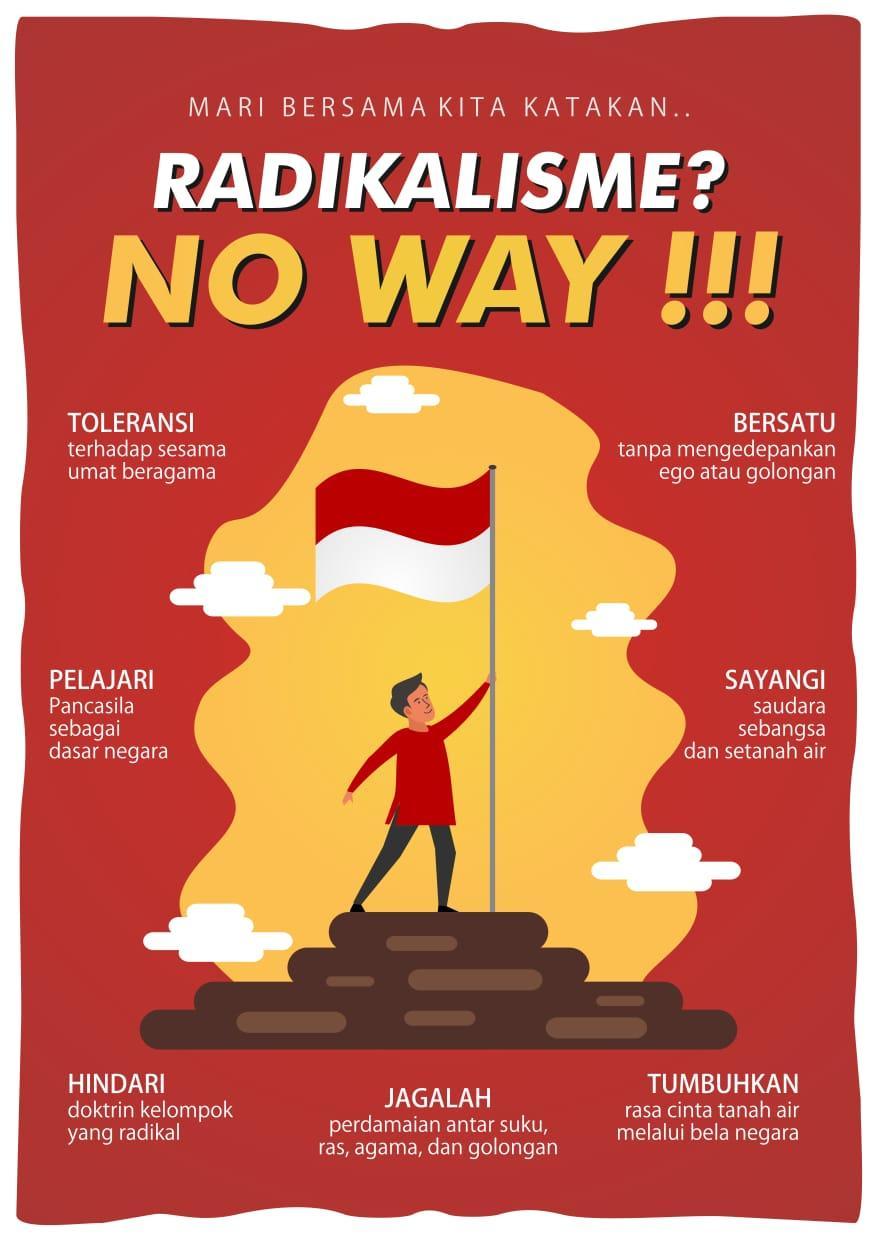This application contains a brief story of the birth of radicalism.
What is radicalism ??
Speaking of radicalism, the scope is very broad. The term radicalism is actually not only intended to talk about understanding and attitudes in religion, but also talking about the ideology that is deeply rooted in a person and a group of people. For example, radical attitudes in loving the nation and state of Indonesia which are manifested in patriotism attitudes, as a result of the embedded sense of nasinalism in a person and group of people. Of course, radicals in loving the nation and state are not wrong and not a problem as long as it does not harm others. In fact, as an Indonesian nation, it must be radical in loving the nation and state.
Lately, radicalism is often, even always associated with acts of violence that led to terror by a handful of people in the name of religious defense. This is caused by the many phenomena of the target of radical actions in the form of terror that occurred in Indonesia in recent years. So it is not surprising if the literature regarding the Indonesian radicalist movement is very much found, both in the form of books and loose articles. This is caused by the many phenomena of the target of radical actions in the form of terror that occurred in Indonesia in recent years. Ahmad Syafi'i Mufid made a difference between religious radicalism and terrorism. In terrorism there are efforts to create fear, horror, or cruelty by a person or group, while radicalism is not necessarily so. Even so, radicalism has the potential to bring up terrorism.
Radicalism can basically be prevented, especially by planting nationalism through citizenship education, which also discusses historical observations. Therefore, the development of learning media using comic media, which discusses the historical knowledge of Islamic harmony taught by saints, for example is Sunan Kalijaga and Sunan Bonang who are loaded with the content of tolerance between religious communities, then added with the story of the DI/TII rebellion. Two stories raised in comics are packed with light conversations and are made as attractive as possible so that students are interested in reading and not experiencing boredom. With the two stories raised, his hopes were able to ward off radicalism, as well as foster a sense of nationalism and attitude of student patriotism. Students are able to understand that the DI/TII movement is a movement that is not in line with the cultural principles of Indonesian society and is contrary to the values of Pancasila, as well as providing an understanding that Islam is a religion that is full of peace and harmony so that tolerance thrives in the souls of the nation's next generation, along with the pride of the Indonesian nation's culture.




















